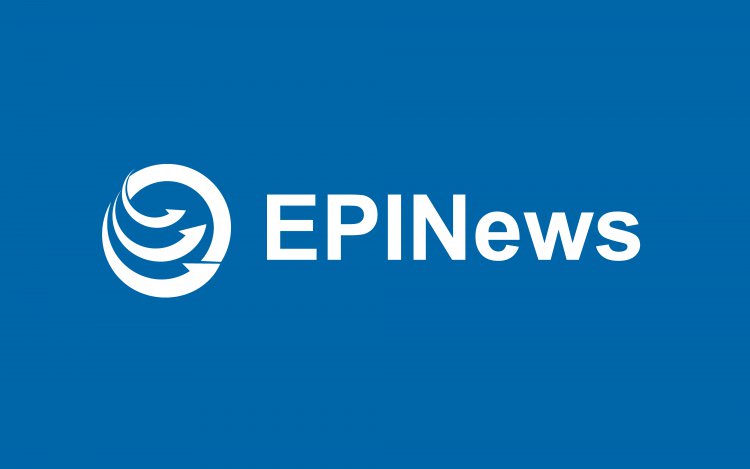
Introduction The Global Polio Eradication Initiative (GPEI) is a global single-disease programme with an extensive infrastructure in some of the world’s most underserved areas. It provides a key example of the opportunities and challenges of transition efforts—the process of shifting from donor-funded, single-disease programmes to programmes with more integrated and sustainable programmatic and funding streams. Our goal is to closely analyse the social and political dynamics of the polio transition in the 2010s to provide insights into today, as well as lessons for other programmes.
Methods We conducted semistructured interviews with GPEI officials involved in transition planning across GPEI partner agencies (n=11). We also drew on document review and interviews with national and subnational actors in Nigeria, India, Ethiopia and the Democratic Republic of the Congo. We inductively analysed this material to capture emergent themes in the evolution of transition activities in the GPEI.
Results Since the mid-2010s, GPEI actors expressed concern that polio’s assets should not be lost when polio was eradicated. Planning for polio’s legacy, however, proved complicated. The GPEI’s commitment to and focus on eradication had taken precedence over strong collaborations outside the polio programme, making building alliances for transition challenging. There were also complex questions around who should be responsible for the transition process, and which agencies would ultimately pay for and deliver polio-funded functions. Current efforts to achieve ‘integration’ both have great promise and must grapple with these same issues.